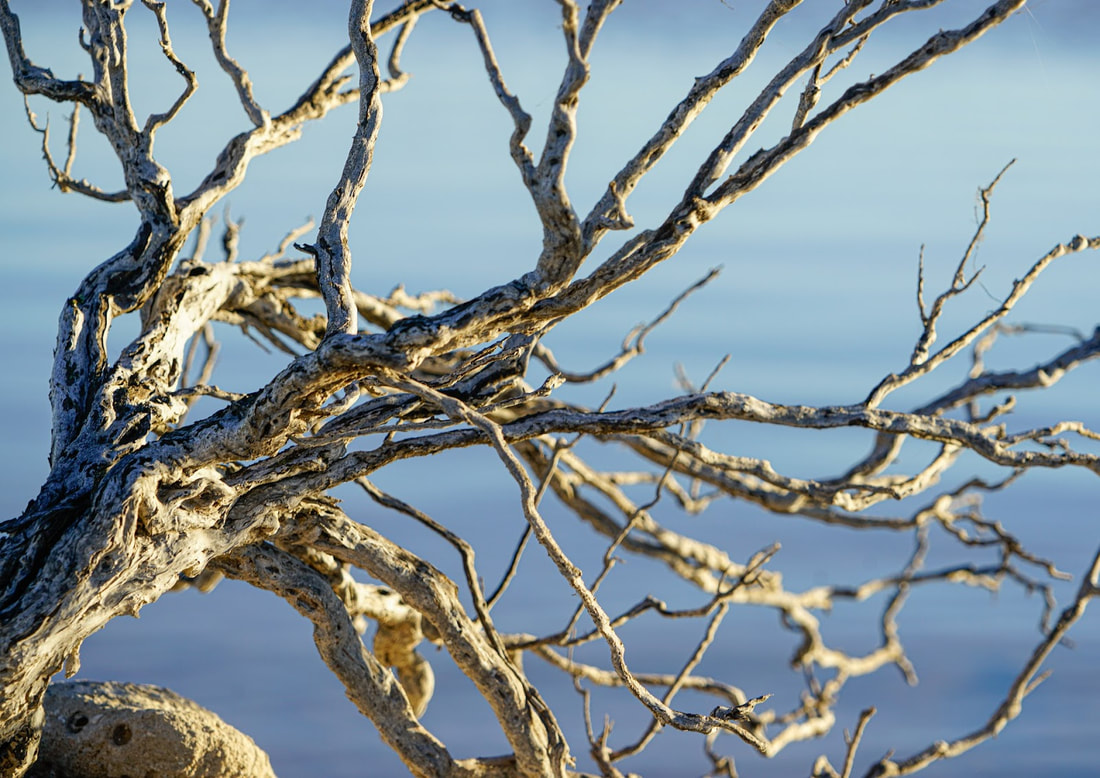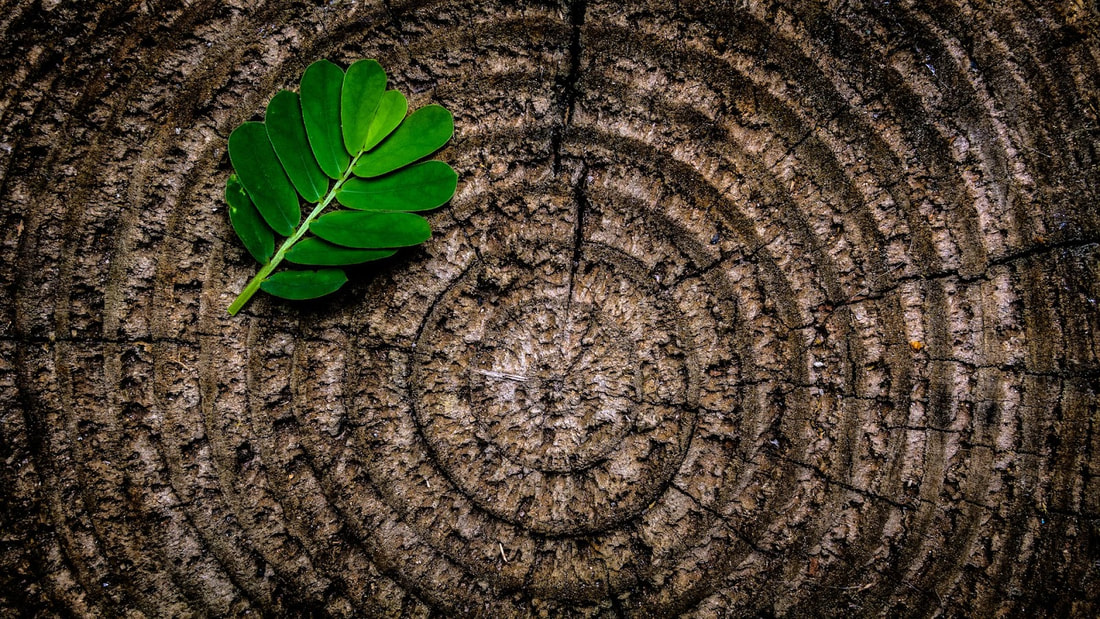|
In the vast tapestry of our ecosystem, trees stand tall as silent guardians, playing a pivotal role in maintaining the delicate balance of nature. They not only provide shade, oxygen, and habitats for countless species but also hold stories of our planet's history in their rings. Yet, like all living beings, trees face threats that can compromise their health and, by extension, the health of our environment. One of the most pressing challenges in the world of arboriculture is tree diseases. For the average person, these diseases might seem like a distant concern, but in reality, they have a direct impact on the quality of our air, the beauty of our neighborhoods, and the vitality of our natural landscapes. This blog aims to shed light on these threats and offer insights into how we can combat them, ensuring that our leafy friends continue to thrive. Fungal Infections: The Silent KillersWhen we think of fungi, images of mushrooms sprouting after a rainy day might come to mind. However, in the realm of trees, fungi can be formidable foes. These microscopic organisms, often unnoticed, can wreak havoc on trees, leading to devastating consequences for entire forests and orchards. Take, for instance, the infamous Dutch elm disease. Caused by the fungus Ophiostoma ulmi, this disease has led to the decline of millions of elm trees worldwide. The fungus, once it enters the tree, obstructs its water-conducting vessels, leading to wilting and, eventually, the tree's demise. Similarly, apple scab, caused by the fungus Venturia inaequalis, affects apple trees, leaving them with dark, scaly lesions and impacting fruit yield. So, how do we combat these silent killers? Prevention is the first line of defense. Regularly inspecting trees for signs of infection, ensuring proper spacing to reduce humidity (which fungi love), and pruning infected branches can go a long way. In cases where infections are spotted early, fungicides can be applied as a treatment. However, it's essential to consult with a professional arborist to determine the best course of action, as the wrong treatment can sometimes do more harm than good. In the battle against fungal infections, knowledge and timely action are our best allies. By staying informed and proactive, we can ensure that our trees remain healthy and continue to grace our landscapes for generations to come. Bacterial Diseases: The Invisible ThreatIn the intricate world of trees, not all threats are visible to the naked eye. Enter bacterial diseases, the microscopic invaders that can turn a thriving tree into a withering specimen in no time. Unlike fungi, which are often external invaders, bacteria can infiltrate a tree's system, making them particularly challenging to detect and treat. One of the most notorious bacterial culprits is fire blight, a disease that affects members of the rose family, including apple and pear trees. Caused by the bacterium Erwinia amylovora, fire blight manifests as a burnt appearance on branches, giving the disease its fiery name. Another bacterial adversary is bacterial leaf scorch, caused by Xylella fastidiosa. This bacterium affects a range of trees, from oaks to elms, leading to browning of leaf edges as if they've been scorched by the sun. Combatting bacterial diseases requires a mix of prevention and intervention. Regularly inspecting trees, especially during the growing season, can help detect early signs of infection. Pruning away infected parts, ensuring proper tree nutrition, and in some cases, applying antibacterial treatments can help manage these diseases. However, always remember: when in doubt, consult an arborist. Their expertise can guide you in making the best decisions for your trees. Viral Diseases: The Unseen InvadersVenturing further into the microscopic world, we encounter viruses, the enigmatic agents that can silently compromise a tree's health. Unlike bacteria and fungi, viruses don't operate on their own; they hijack a tree's cellular machinery to replicate, often leading to subtle yet persistent damage. A classic example is the mosaic disease, which affects a variety of plants and trees. This disease, caused by various viruses, results in a mottled or mosaic-like pattern on leaves, reducing the tree's ability to photosynthesize effectively. Another is the ringspot virus, which, as the name suggests, causes ring-like spots on leaves, impacting the aesthetic appeal and overall health of the tree. Addressing viral diseases can be a bit trickier than bacterial or fungal infections. Prevention, in this case, is truly worth a pound of cure. Ensuring that trees are not stressed, practicing good sanitation (like cleaning pruning tools), and controlling insect vectors that can spread viruses are crucial steps. If you suspect a viral infection, it's essential to get a definitive diagnosis, often through laboratory testing, and then consult with an arborist for the best management practices. Insect Infestations: The External FoesTrees, in all their majestic glory, aren't just a sight for our sore eyes; they're also a hotspot for many insects. While many of these critters play a beneficial role in the ecosystem, some can be downright destructive. Insect infestations, if left unchecked, can turn a once-vibrant tree into a shadow of its former self. The emerald ash borer, a shiny green beetle, is a prime example. Native to Asia but now found in parts of North America, this beetle's larvae feed on the inner bark of ash trees, disrupting the tree's ability to transport water and nutrients. The result? A slow and painful death for the tree. Then there's the gypsy moth, whose caterpillars can defoliate vast swathes of forest in a single season. And let's not forget the pine bark beetle, which bores into pine trees, introducing blue-stain fungi that block nutrient pathways. The key to managing these external foes is vigilance. Regularly inspect your trees for signs of insect activity, such as boreholes or unusual patterns on the bark. If you spot an infestation early, treatments like insecticides or biological controls can be effective. And sometimes, the solution can be as simple as introducing natural predators to keep the pests in check. But, as always, when in doubt, call in the experts. An arborist can offer tailored solutions to ensure your trees remain bug-free and beautiful. Abiotic Factors: Environmental StressorsWhile living organisms like fungi, bacteria, and insects pose significant threats to trees, non-living factors, or abiotic stressors, can be equally damaging. These are the environmental challenges that trees face, often exacerbated by human activities. Drought stress, for instance, can leave trees parched and vulnerable. Without adequate water, trees can't perform essential functions, leading to wilting, leaf drop, and in severe cases, death. Soil compaction, often a result of construction activities, can suffocate tree roots, depriving them of oxygen and essential nutrients. And then there's pollution, both in the air and soil. Pollutants can interfere with photosynthesis, stunt growth, and even lead to the accumulation of harmful substances within the tree. To combat these environmental stressors, it's crucial to understand and respect the needs of trees. Regular watering during dry spells, ensuring construction activities don't harm tree roots, and advocating for cleaner, greener practices in our communities can make a world of difference. Trees, after all, are resilient beings. Given the right conditions and a little TLC, they can bounce back from the harshest of challenges. Final Thoughts on Tree Diseases and How to Combat ThemAs we journey through the intricate world of trees, it becomes abundantly clear that these towering giants, though resilient, face a myriad of challenges. From the microscopic invaders like fungi, bacteria, and viruses to the more visible threats of insects and environmental stressors, our leafy companions are constantly battling to maintain their health and vitality. But here's the silver lining: with knowledge comes power. By understanding these threats and arming ourselves with the right tools and strategies, we can play a pivotal role in safeguarding our trees.
The health of our trees isn't just an arborist's concern; it's a collective responsibility. Trees are the lungs of our planet, the shade on a sunny day, and the silent witnesses to our ever-evolving world. Their well-being directly impacts our environment, our communities, and our very quality of life. So, whether you're a homeowner with a cherished backyard oak or a city dweller admiring street-side maples, remember that every tree counts. By staying informed, proactive, and seeking expert advice when needed, we can ensure that our trees continue to thrive, beautify our landscapes, and support life in all its myriad forms. Comments are closed.
|




 RSS Feed
RSS Feed